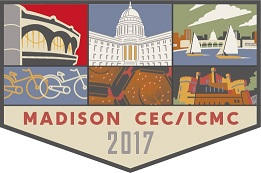Conveners
M4OrA - Focused Session: Cryogenic Microelectronics & Materials III
- Deepnarayan Gupta (HYPRES)
- Timothy Haugan (U.S. Air Force Research Laboratory)
The technical capabilities of cryogenic sensors and their scope of application continue to grow. In the Quantum Sensors Group at NIST, we are developing both transition-edge sensors (TESs) and microwave kinetic inductance detectors (MKIDs) for a broad range of applications including x-ray materials analysis, nuclear security, terrestrial imaging, and astrophysics. We describe a subset of...
Quantum computing architectures with ten or more quantum bits (qubits) have been implemented using trapped ions and superconducting devices. The next milestone in the quest for a quantum computer is the realization of quantum error correction codes. Such codes will require a very large number of qubits that must be controlled and measured by means of classical electronics. One architectural...
Cryogenic low noise amplifiers (LNAs) find regular use in a wide variety of applications ranging from radio astronomy to quantum computing. When operating at physical temperatures below 20$\,$K, amplifiers based upon InP high electron mobility transistors (HEMTs) and SiGe heterojunction bipolar transistors (HBTs) regularly achieve noise temperatures about an order of magnitude above the...
